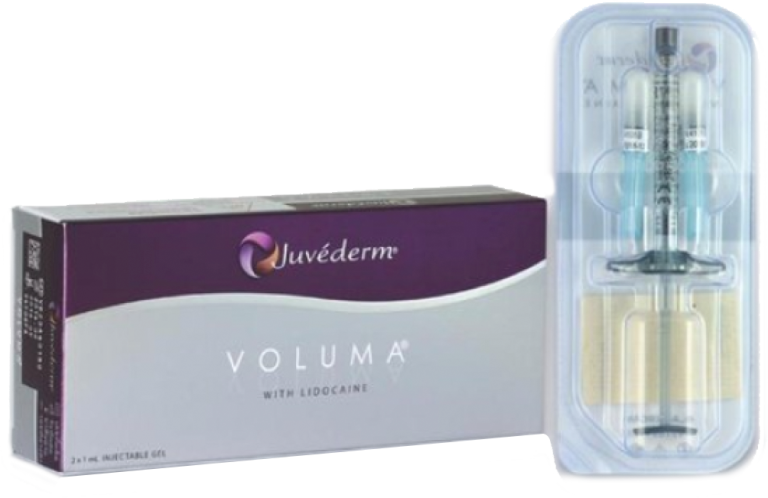Filler

dermal fillers treatment in hyderabad
Filler
How does it work
Why to Choose Sasha
Stress, genetics, age, and environmental factors may all contribute to the loss of the natural glow, elasticity, & firmness of our delicate facial features leading to fine lines, wrinkles, and sagging skin. In addition, with time, some of the rigid structural components of our face, such as fat, muscles, and bone, lose volume to contribute to signs of aging.
Sagging skin, loss of cheekbones, retraction of the jawline, and descent of the nose are some signs we may face at some point. Dermal fillers treatment are injectable components that support our structural elements to reduce fine lines and lost volume for a firm and youthful appearance.
Dermal fillers treatment, also known as injectable implants, soft tissue fillers, lip, and facial fillers, or wrinkle fillers, are FDA-approved medical implants for use in the face, cheeks, chin, lips, and backs of the hands to create a smoother and fuller appearance.
Dermal fillers can be made of synthetic materials or natural origin. Hyaluronic acid is one of the most commonly utilized dermal filler (HA) ingredients. HA is a naturally occurring component in our skin that aids in hydration and volumizes our skin. HA fillers can last from six months to much longer before being gradually eliminated by the body, depending on their chemical makeup. Sasha Luxe provides the world’s No.1 dermal fillers treatment in Hyderabad, which gives you smoother, fuller, and younger skin in just 30 minutes.
Aside from their natural appearance, one of the main advantages of HA fillers is that they may be eliminated with a particular solution during an unpleasant reaction. In addition, most HA fillers come pre-mixed with lidocaine, a numbing agent, to ensure patients are as comfortable as possible throughout treatment.
Calcium hydroxylapatite, poly-L-lactic acid, polymethyl methacrylate, and fat transplanted from another part of your body are available dermal fillers.
Human bones naturally contain calcium hydroxylapatite, a mineral-like substance. Poly-L-lactic acid is a synthetic filler that is in the formation of collagen. This filler differs from others in that it has progressive results; volumization happens over several months as the body is stimulated to manufacture collagen. A semi-permanent filler is polymethyl methacrylate. While it is more lasting than other, more easily biodegradable fillers, it can cause problems such as lumps and be visible beneath the skin.
Lip fillers and the lip filling procedure, which is Dermal Fillers, are effective at the age when fine lines, wrinkles, and volume loss become visible, which is determined by a variety of factors such as lifestyle, heredity, and sun exposure. At Sasha Luxe Clinics, our Lip Filler treatment gives plump lips subtle enhancement, which adds depth and dimension to your lips. Achieve that perfect youthful skin and hair with guaranteed results by the best skin Care Clinic in Hyderabad Consult with Dr. Sanjay Sakhamuri and Dr. Navya Chowdary. Sasha Luxe provide the best lip fillers in Hyderabad.
Dermal fillers are used for the following purposes
- To augment volume in lips, cheeks, chin, and back of the hand.
- Only nasolabial folds and cheek acne scars are permitted for non-absorbable (permanent) fillers.
- Correction of flaws in the shape of the face, such as wrinkles and acne scars.
- Deep under-eye circles.
At Sasha Luxe, you can rest assured that you are in the hands of the top specialists. Our Dermal fillers provide a secure, reliable, and non-surgical way to rejuvenate the skin, restore volume, and improve facial features. For the finest dermal fillers in Hyderabad, visit Sasha Luxe Clinics.
Book your appointment today.
- Please avoid blood-thinning drugs and supplements for one week before your appointment for the best outcomes and to reduce bleeding or bruising at the injection site. Avoid Aspirin, Motrin, ibuprofen, Aleve, Garlic, vitamin E, , and omega-3 capsules. Please consult your doctor before discontinuing aspirin use if you have cardiovascular disease.
- Avoid topical creams containing Tretinoin (Retin-A), retinol, retinoids, glycolic acid, alpha hydroxy acid, or other “anti-aging” ingredients for two days before treatment.
- Don’t drink alcoholic beverages for 24 hours before or after your treatment to minimize excessive bruising.
- If you are pregnant, breastfeeding, allergic to components, or have any neurological issues, you should avoid using dermal fillers.
- After the dermal fillers treatment, do not apply anything to the skin until the next day: There’s no makeup, cleanser, or moisturizer!
- Do not manipulate, massage, or touch the injection site. Avoid strenuous exertion on treatment day.
- During the first 12 hours, apply ice packs to the treated region. Every hour, ice for 15 minutes.
- After filler injections, avoid dental work for 30 days.
- Sleep with your head up for 2-3 days if you feel swelling.
- If you have any slight tenderness or discomfort, you can take acetaminophen/Tylenol.
- Any other skincare or laser treatments should be done after four weeks.
How does dermal fillers work

- The skin is cleaned thoroughly with an antiseptic solution.
- A numbing cream is applied to reduce any discomfort to the patient.
- Fillers are applied through injections into the higher dermal layers of your skin.
Frequently Asked Questions

We at Sasha Clinics, Hyderabad, ensure experts treat you with the best knowledge and skills in the required category. You can be sure of being treated by the best in their fields at Sasha.
Yes, the Dermal Filler Treatment is completely safe. At Sasha Luxe, we use FDA Approved Technologies for Dermal fillers, and treatment is provided under the guidance of thoroughly highly experienced Skin Care Specialists
Results from dermal fillers depend on individuals and may differ from person to person. Generally, the effects last as long as 18 months after treatment.
Dermal fillers help to reduce volume loss and restore the structural support of our faces. Thus they solve different concerns patients have on all parts of the face.
Age distorting your facial profile? Time-proof every feature with dermal fillers
Products

We use US FDA-approved dermal fillers, which are; Voluma & Volbella. At Sasha Luxe, we provide the cutting- edge lip fillers in hyderabad.
Juvederm Voluma is a hyaluronic acid-based face filler. Hyaluronic acid is a natural molecule that aids in binding water to cells. In addition, its considerable cross-linking contributes to its excellent lifting capacity, making it a perfect choice for restoring cheek and midface volume.
Long chains of sugars found naturally in the skin are used to make HA fillers. The HA in Juvederm Voluma is cross-linked using a technique called Vycross, which helps to give excellent lifting ability. Voluma lasts nearly twice as long as other fillers, thanks to its unique cross-linking, which helps to prevent deterioration. According to studies, it can persist for up to two years. It can also be sculpted and shaped into the appropriate contour after injection because it is a HA filler.
Volbella is Juvéderm’s newest FDA-approved injection. Volbella, made possible by the unique Vycross technology, has been shown to soften and fill lines in most patients over a year. Vycross technology is an Allergan-developed proprietary filler technology that produces smooth dermal filler solutions created to address specific patient issues. We offer the best dermal filler treatment in Hyderabad, using only the highest quality, FDA-approved dermal fillers.
Why to Choose Sasha
Our service milestones and customer satisfaction narrate an encouraging success story, establishing us as the best skin clinic.
Why to Choose Sasha
We provide the best tailored to your specific needs. Whether you seek hydration, anti-aging effects, or acne control, our treatment offers a personalised approach to rejuvenating your skin, helping you achieve radiant and youthful skin, and restoring its natural beauty.
CELEBRITIES







Before and After






Our Clients Love
Some best words from our beloved clients. It’s always encouraging to know that our clients loved our services as it keeps us going even more enthusiastically

sowmya lalithar

nivas niva

Shivani Reddy

Juhi kumari














